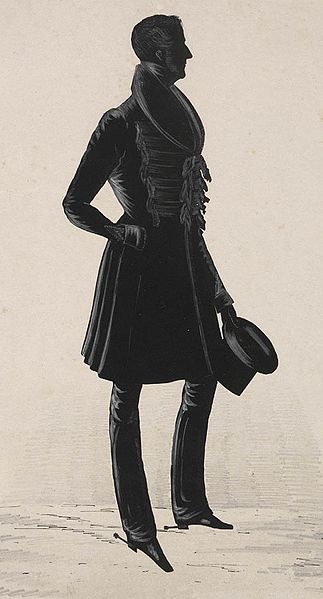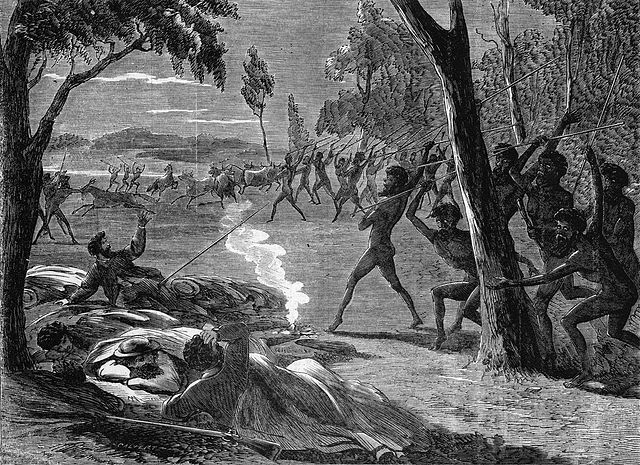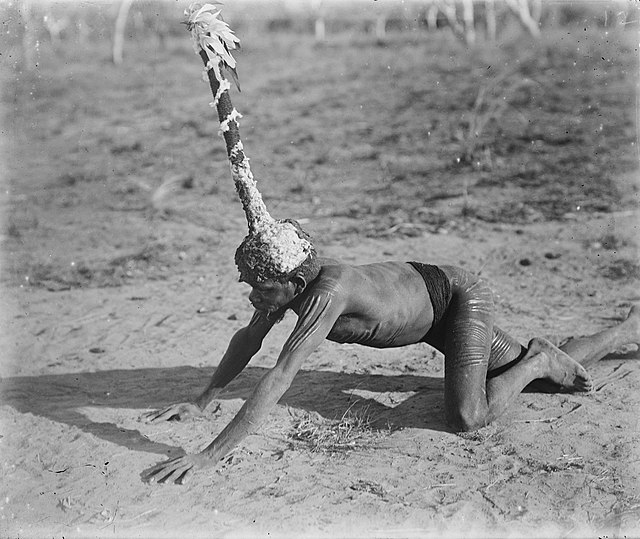Squatting (Australian history)
In the history of Australia, squatting was the act of extrajudicially occupying tracts of Crown land, typically to graze livestock. Though most squatters initially held no legal rights to the land they occupied, the majority were gradually recognised by successive colonial authorities as the legitimate owners of the land due to being among the first white settlers in their area. The term squattocracy, a play on aristocracy, was coined to refer to squatters as a social class and the immense sociopolitical power they possessed.
Archibald Clunes Innes, a prominent squatter in the colony of New South Wales
Colonial artist S. T. Gill supports Aboriginal land rights and condemns the Squattocracy in Squatter of N. S. Wales: Monarch of all he Surveys, 1788 (above) and Squatter of N. S. Wales: Monarch of more than all he Surveys, 1863 (below).
Warfare between squatters and Aboriginal people in South Australia
1845 political cartoon by Edward Winstanley, critical of Governor George Gipps' land reforms
The history of Australia is the history of the land and peoples of the continental land mass and offshore territories which now comprise the Commonwealth of Australia. The Commonwealth of Australia came into existence on 1 January 1901 as a federation of former British colonies, however the human history of Australia commences with the arrival of the first ancestors of Aboriginal Australians by sea from Maritime Southeast Asia between 50,000 and 65,000 years ago, and continues to the present day multicultural democracy.
Rock painting at Ubirr in Kakadu National Park. Evidence of Aboriginal art in Australia can be traced back some 30,000 years.
Kolaia man wearing a headdress worn in a fire ceremony, Forrest River, Western Australia. Aboriginal Australian religious practices associated with the Dreamtime have been practised for tens of thousands of years.
A Luritja man demonstrating his method of attack with a large curved boomerang under cover of a thin shield (1920)
Abel Tasman, the first European to discover Van Diemen's Land, now known as Tasmania








